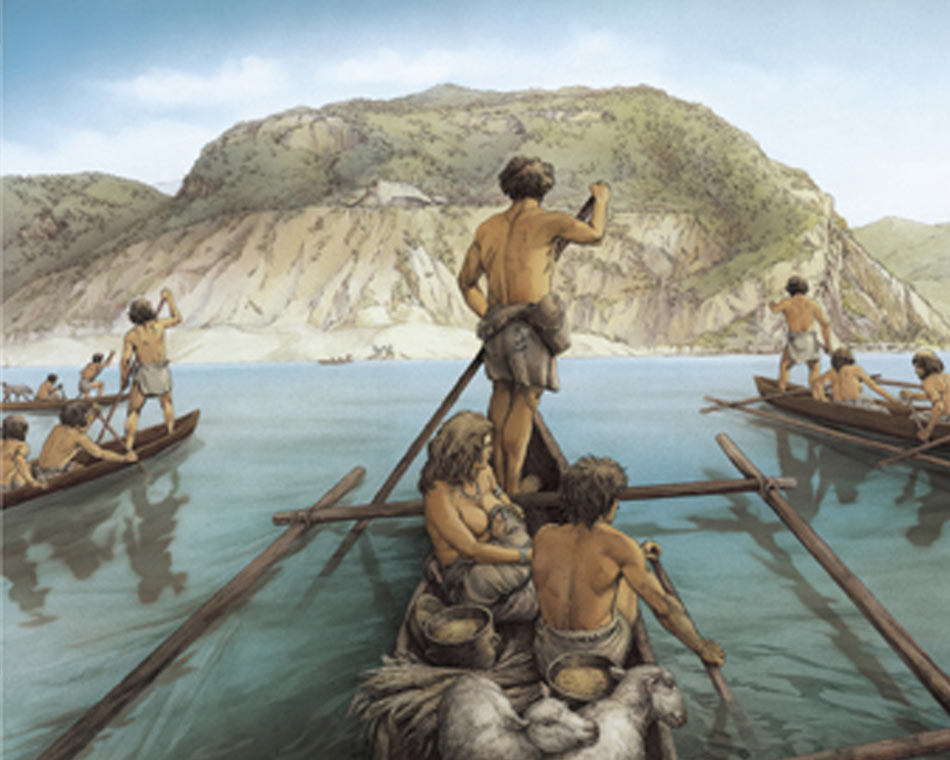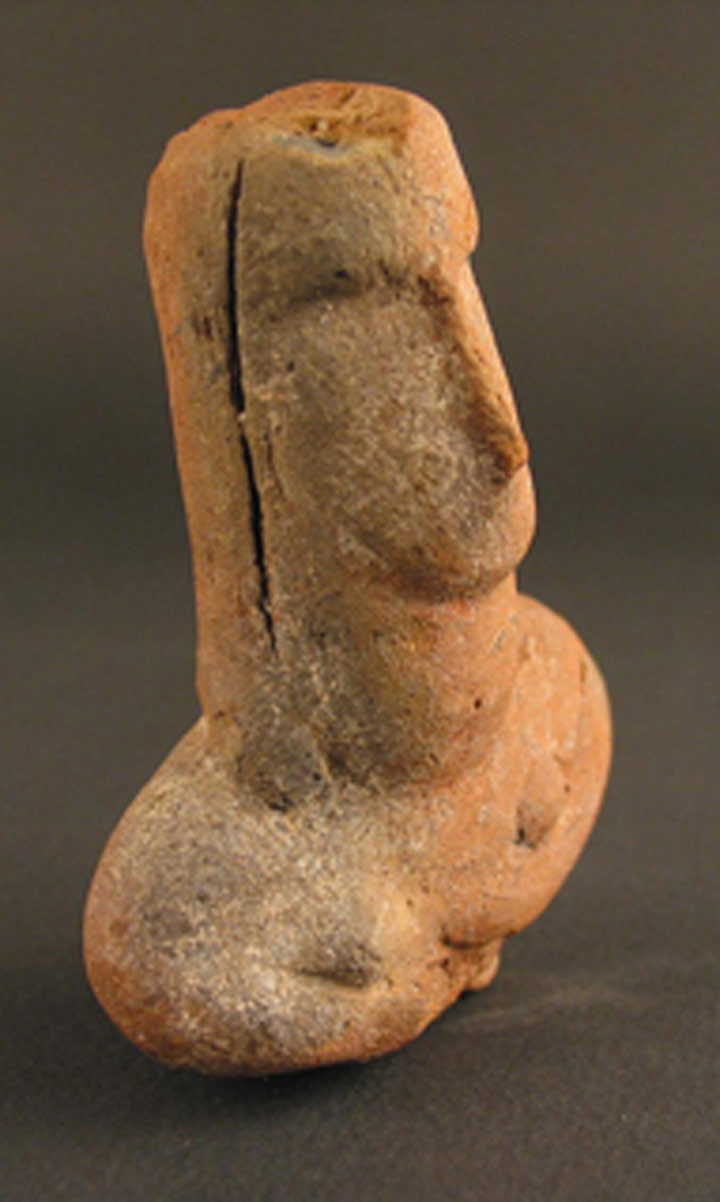The Neolithic Age – The New Stone Age

A great human revolution: the first Neolithic farmer-herders
The word Neolithic (from Greek neos meaning new and lithos meaning stone) was coined in 1865 by the British naturist and archaeologist John Lubbock to define the later stage of the Stone Ages.

Interestingly, as archaeological science has moved forward, the term Neolithic has been modified to encompass a remarkable set of changes that occurred in this period where economy, social organization, ideas on human communities, and new technological achievements were concerned.


THE NEAOLITHIC AGE – 8000 – 3600 BCE
The Neolithic Age is now viewed as a complex phenomenon – one that developed in the Near East for several centuries before gradually spreading across Europe over a period of thousands of years. This evolutionary process meant that humans began to produce and farm food, therefore abandoning hunting and wild-plant-foraging that had characterised Palaeolithic times.
In Liguria, the progress from hunting and foraging to farming and herding began in the first centuries of the sixth millennium BCE. Neolithic populations brought this know-how with them from the southern Tyrrhenian coast when they landed in Finale. They settled into the many caves and natural shelters with such domesticated animals as sheep, cattle and goats and such produce as cereal seeds and legumes. They also had such previously unknown artifacts and tools as earthenware pottery and stone axes, which they shaped by polishing or grinding. Many of these Neolithic findings, including typical square-mouthed earthenware vases, are on display at the Museo Archeologico del Finale at Finalborgo.
During the Neolithic Age, the Mediterranean Sea became a crucial corridor along which people, goods and knowledge travelled. Indeed, we know that goods from great distances circulated around the region of Liguria as far back as 7,000 years ago, in the Early Neolithic – as proved by findings from Caverna delle Arene Candide (Italian: Cave of the White Sands) and Grotta Pollera (Italian: Pollera Cave). Among other valuable specimens are tools made out of black volcanic glass, called obsidian, which was sourced from such far-away islands as Sardinia or Palmarola in the Pontine Archipelago, and Lipari in the Eolie Archipelago.
Map of 8000 – 3600 BCE



